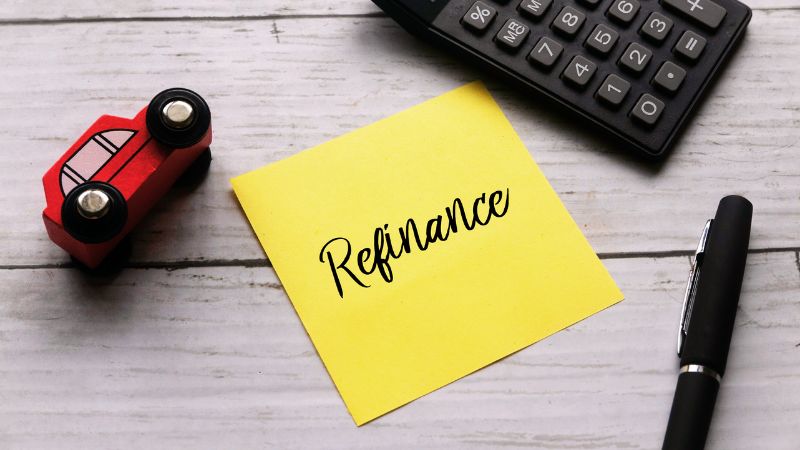Steps Involved in the Application Process of a Car Top-up Loan
Maintaining a car can be financially challenging, and unexpected expenses often arise. This is where car top-up loans come to the rescue. Car owners can tap into the equity of their vehicles to access additional funds, helping them to arrange funds for the financial hurdles. In this blog, we will help you with the steps involved in the application process for a car top-up loan, with a special focus on banks that refinance car loans.

Here are the Steps to Apply for a Car Top-Up Loan:
1. Check Your Loan Eligibility
The first and foremost step in securing a car top-up loan is to assess your eligibility. Banks that refinance car loans typically have specific criteria you must meet. These criteria may include maintaining a good credit score, consistently making on-time payments for your existing car loan, and demonstrating a stable source of income. Before proceeding, take the time to review your financial standing to ensure you meet these requirements.
2. Thoroughly Research Lenders
The choice of lender plays an important role in the success of your car top-up loan application. Banks that refinance car loans vary in terms of interest rates, loan terms, and customer service quality. Dedicate time to researching and comparing multiple lenders. Look for those that offer competitive interest rates, flexible repayment options, and a reputation for excellent customer service.
3. Gather the Necessary Documentation
To move forward with your application, you’ll need to gather essential documentation. Standard requirements often include identification proof, income proof, address verification, and detailed information about your car’s ownership and existing loan details.
4. Complete the Application Form
Once you have all the necessary paperwork, it’s time to complete the car top-up loan application form. You can typically find this form on the lender’s website or at their local branch. Ensure that you fill out all the sections accurately and provide required information.
5. Submission of Your Application
With your application form and supporting documents in hand, you’re ready to submit your request to the chosen lender. Carefully follow the submission instructions, whether through the lender’s online portal or in-person at a physical branch. Verify that all documents are neatly organized and up to date before submission.
6. Verification and Evaluation
After you’ve submitted your application, the lender will initiate the verification and evaluation process. This involves an examination of your creditworthiness, financial stability, and an appraisal of your car’s current value. Expect this stage to take some time as the lender ensures that you meet their lending criteria.
7. Loan Approval
Upon successful completion of the evaluation, the lender will grant loan approval. This formalizes the loan amount, interest rate, and repayment schedule, providing you with a clear understanding of your financial commitment.
8. Agreement Signing
Before the disbursement of funds, you’ll need to review and sign the loan agreement and associated terms. Ensure you read carefully all aspects of the agreement, and don’t hesitate to seek clarification if needed.
9. Disbursement of Funds
Following agreement signing, the lender will disburse the approved loan amount. This disbursement can occur through a direct bank transfer or issuance of a check, depending on the lender’s procedures.
Conclusion:
If you are applying for a car top-up loan, especially from banks that refinance car loans, it can provide a lifeline during unexpected financial challenges. By following the outlined steps and maintaining responsible financial practices, you can leverage this financial instrument to your advantage, ensuring that your car remains your trusted companion while you have life’s financial ups and downs.
